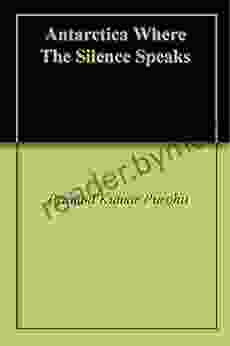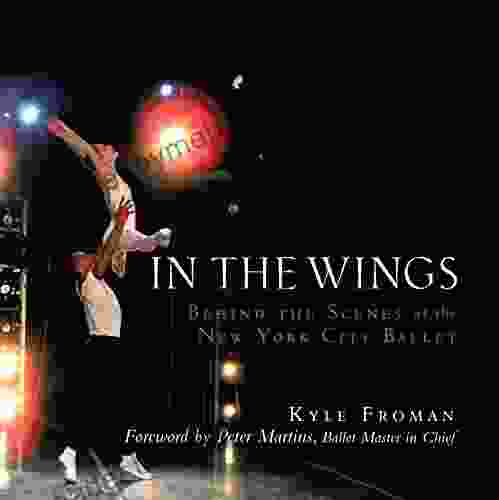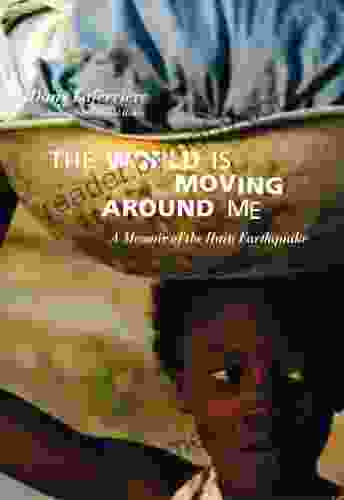Antarctica: Where the Silence Speaks

Antarctica is the coldest, driest, and highest continent on Earth. It is also the most remote, with no permanent human habitation. This vast and frozen landmass is a place of extremes, where the silence is deafening, the temperatures are freezing, and the landscapes are breathtaking.
In this book, we journey to this frozen continent and explore its unique wonders. We will learn about the history of Antarctica, its geography, its wildlife, and its climate. We will also meet the scientists and explorers who have dedicated their lives to studying this amazing place.
5 out of 5
| Language | : | English |
| File size | : | 7581 KB |
| Text-to-Speech | : | Enabled |
| Screen Reader | : | Supported |
| Enhanced typesetting | : | Enabled |
| Word Wise | : | Enabled |
The History of Antarctica
The first humans to set foot on Antarctica were Norwegian explorers in 1895. However, it was not until the 20th century that the continent began to be seriously explored. In the 1920s and 1930s, several expeditions were launched to explore the interior of Antarctica. These expeditions were fraught with danger, and many lives were lost.
In 1957, the International Geophysical Year (IGY) was held. This was a major scientific expedition that involved scientists from all over the world. The IGY helped to greatly increase our understanding of Antarctica. In the years since the IGY, Antarctica has continued to be a popular destination for scientists and explorers.
The Geography of Antarctica
Antarctica is the fifth largest continent, with an area of 14 million square kilometers. It is located in the Southern Hemisphere, and is surrounded by the Southern Ocean. Antarctica is covered in a thick layer of ice, which averages 2,160 meters thick. The ice sheet contains 70% of the world's fresh water.
Antarctica has a number of mountain ranges, including the Transantarctic Mountains. The highest point in Antarctica is Mount Vinson, which has an elevation of 4,892 meters.
The Wildlife of Antarctica
Antarctica is home to a unique variety of wildlife. The most iconic animals of Antarctica are penguins, seals, and whales. Antarctica is also home to a number of seabirds, including albatrosses, petrels, and skuas.
The wildlife of Antarctica has adapted to the harsh conditions of the continent. Penguins have thick layers of blubber to keep them warm, and they can swim for long distances in search of food. Seals are able to dive deep into the ocean to catch fish, and whales can migrate thousands of kilometers to find food and breeding grounds.
The Climate of Antarctica
Antarctica has the coldest climate on Earth. The average temperature in Antarctica is -57 degrees Celsius. The coldest temperature ever recorded on Earth was -89.2 degrees Celsius, which was recorded at the Soviet Union's Vostok Station in 1983.
The climate of Antarctica is also very dry. The average annual precipitation in Antarctica is only 200 millimeters. This is less than the amount of precipitation that falls in the Sahara Desert.
The Future of Antarctica
The future of Antarctica is uncertain. The climate of Antarctica is changing, and the ice sheet is melting. This is causing sea levels to rise, which is a threat to coastal communities around the world.
The melting ice sheet is also releasing greenhouse gases into the atmosphere. These gases contribute to climate change, which is making the climate of Antarctica even warmer. This is a vicious cycle that could lead to the eventual collapse of the Antarctic ice sheet.
The future of Antarctica is in our hands. We need to take action to reduce greenhouse gas emissions and protect the Antarctic ice sheet. If we do not, we could lose this amazing continent forever.
Antarctica is a land of extremes, where the silence is deafening, the temperatures are freezing, and the landscapes are breathtaking. It is a place of great beauty and wonder, but it is also a place that is under threat from climate change. We need to take action to protect Antarctica, so that it can continue to inspire and amaze us for generations to come.
5 out of 5
| Language | : | English |
| File size | : | 7581 KB |
| Text-to-Speech | : | Enabled |
| Screen Reader | : | Supported |
| Enhanced typesetting | : | Enabled |
| Word Wise | : | Enabled |
Do you want to contribute by writing guest posts on this blog?
Please contact us and send us a resume of previous articles that you have written.
 Book
Book Novel
Novel Page
Page Chapter
Chapter Text
Text Story
Story Genre
Genre Reader
Reader Library
Library Paperback
Paperback E-book
E-book Magazine
Magazine Newspaper
Newspaper Paragraph
Paragraph Sentence
Sentence Bookmark
Bookmark Shelf
Shelf Glossary
Glossary Bibliography
Bibliography Foreword
Foreword Preface
Preface Synopsis
Synopsis Annotation
Annotation Footnote
Footnote Manuscript
Manuscript Scroll
Scroll Codex
Codex Tome
Tome Bestseller
Bestseller Classics
Classics Library card
Library card Narrative
Narrative Biography
Biography Autobiography
Autobiography Memoir
Memoir Reference
Reference Encyclopedia
Encyclopedia Nicholas Booth
Nicholas Booth Shaun Assael
Shaun Assael Robin Green
Robin Green Matt Owens
Matt Owens Richard Maurer
Richard Maurer Tyler Feder
Tyler Feder Stuart Tyson Smith
Stuart Tyson Smith Sally Mann
Sally Mann Kregg P J Jorgenson
Kregg P J Jorgenson Louis Horlick
Louis Horlick S L Osborne
S L Osborne Nick Jans
Nick Jans Robert Lomas
Robert Lomas Stephen Chan
Stephen Chan Louis Barthas
Louis Barthas Victoria Boone Ma Bcba
Victoria Boone Ma Bcba Olga Lengyel
Olga Lengyel Laura Sebastian
Laura Sebastian Laura Rascaroli
Laura Rascaroli Robert L Wise
Robert L Wise
Light bulbAdvertise smarter! Our strategic ad space ensures maximum exposure. Reserve your spot today!
 Warren BellThe Rise, Fall, and Rise of Panini Stickers: The Story Behind Football's Most...
Warren BellThe Rise, Fall, and Rise of Panini Stickers: The Story Behind Football's Most... Chris ColemanFollow ·7.2k
Chris ColemanFollow ·7.2k Manuel ButlerFollow ·16.7k
Manuel ButlerFollow ·16.7k Dean CoxFollow ·7.6k
Dean CoxFollow ·7.6k Quincy WardFollow ·19.4k
Quincy WardFollow ·19.4k Everett BellFollow ·8.4k
Everett BellFollow ·8.4k Steve CarterFollow ·18.1k
Steve CarterFollow ·18.1k Allan JamesFollow ·19.5k
Allan JamesFollow ·19.5k Fred FosterFollow ·11.9k
Fred FosterFollow ·11.9k

 Wayne Carter
Wayne CarterThe Beginner's Guide to Making an Old Motor Run Forever
If you're like most...
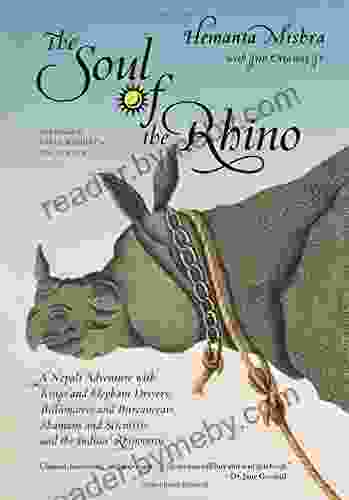
 Deacon Bell
Deacon BellNepali Adventure: Kings and Elephant Drivers,...
In the heart of the...
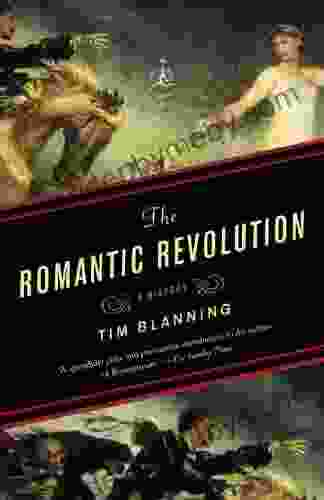
 Carlos Drummond
Carlos DrummondThe Romantic Revolution: A Journey Through History and...
Unveiling the...

 Kazuo Ishiguro
Kazuo IshiguroUnlock Your Inner Innovator: Dive into the New Wave...
Embark on a Transformative Journey of...
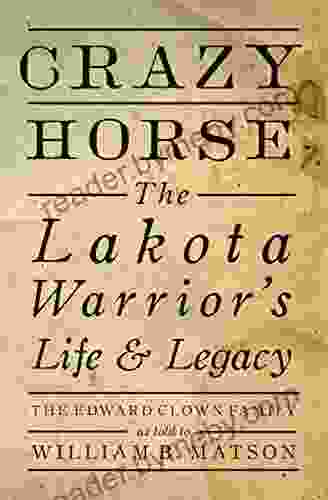
 William Golding
William GoldingCrazy Horse: The Lakota Warrior's Life and Legacy
In the annals of Native...

 Hector Blair
Hector BlairMildred and Richard Loving: The Inspiring Story of...
Mildred and Richard Loving were an...
5 out of 5
| Language | : | English |
| File size | : | 7581 KB |
| Text-to-Speech | : | Enabled |
| Screen Reader | : | Supported |
| Enhanced typesetting | : | Enabled |
| Word Wise | : | Enabled |


